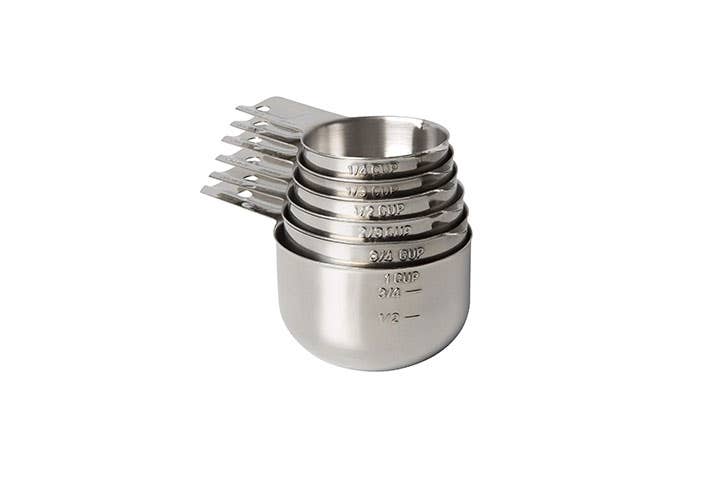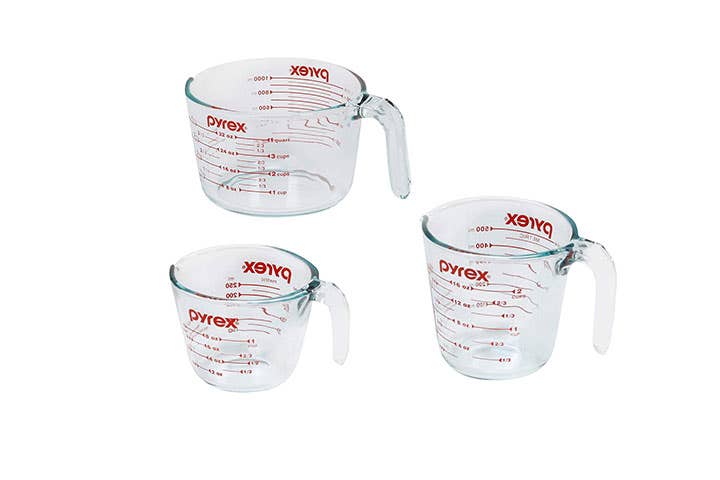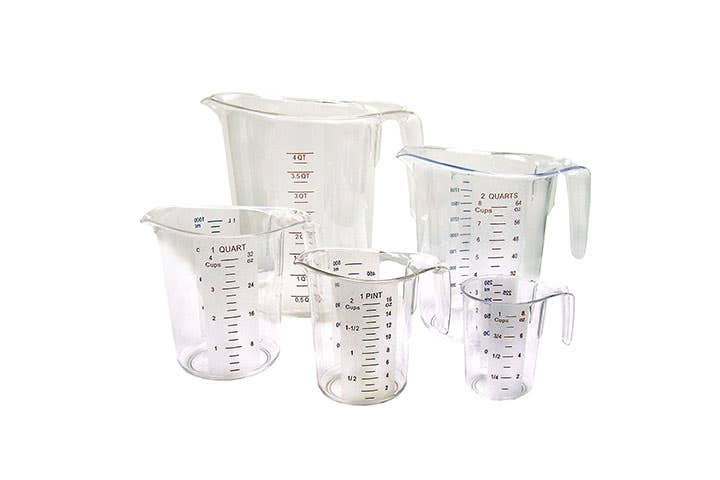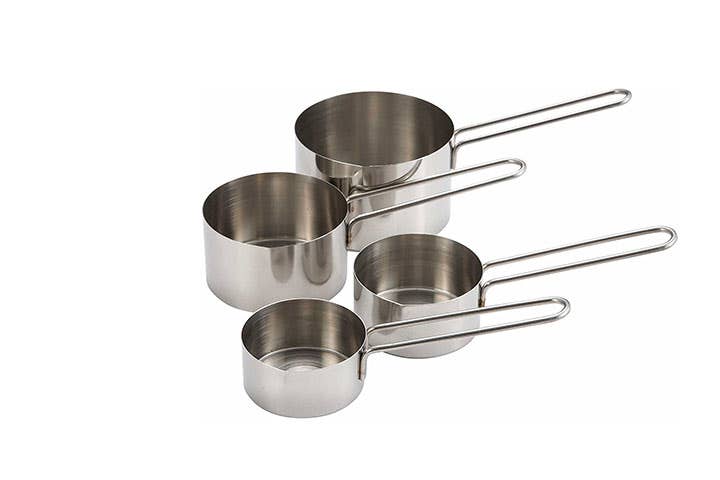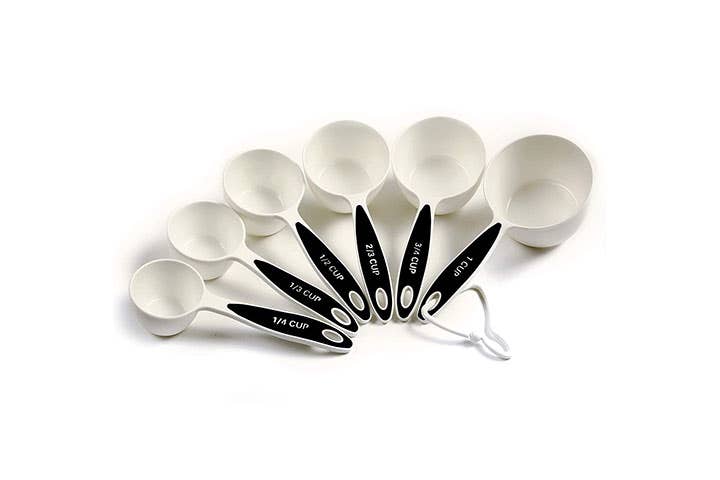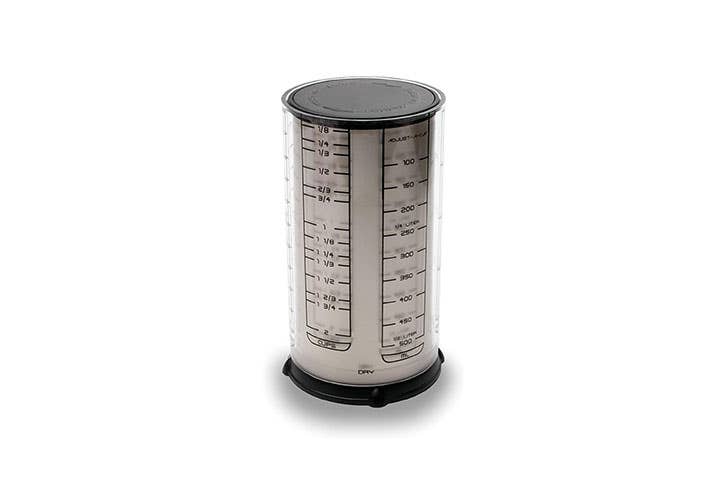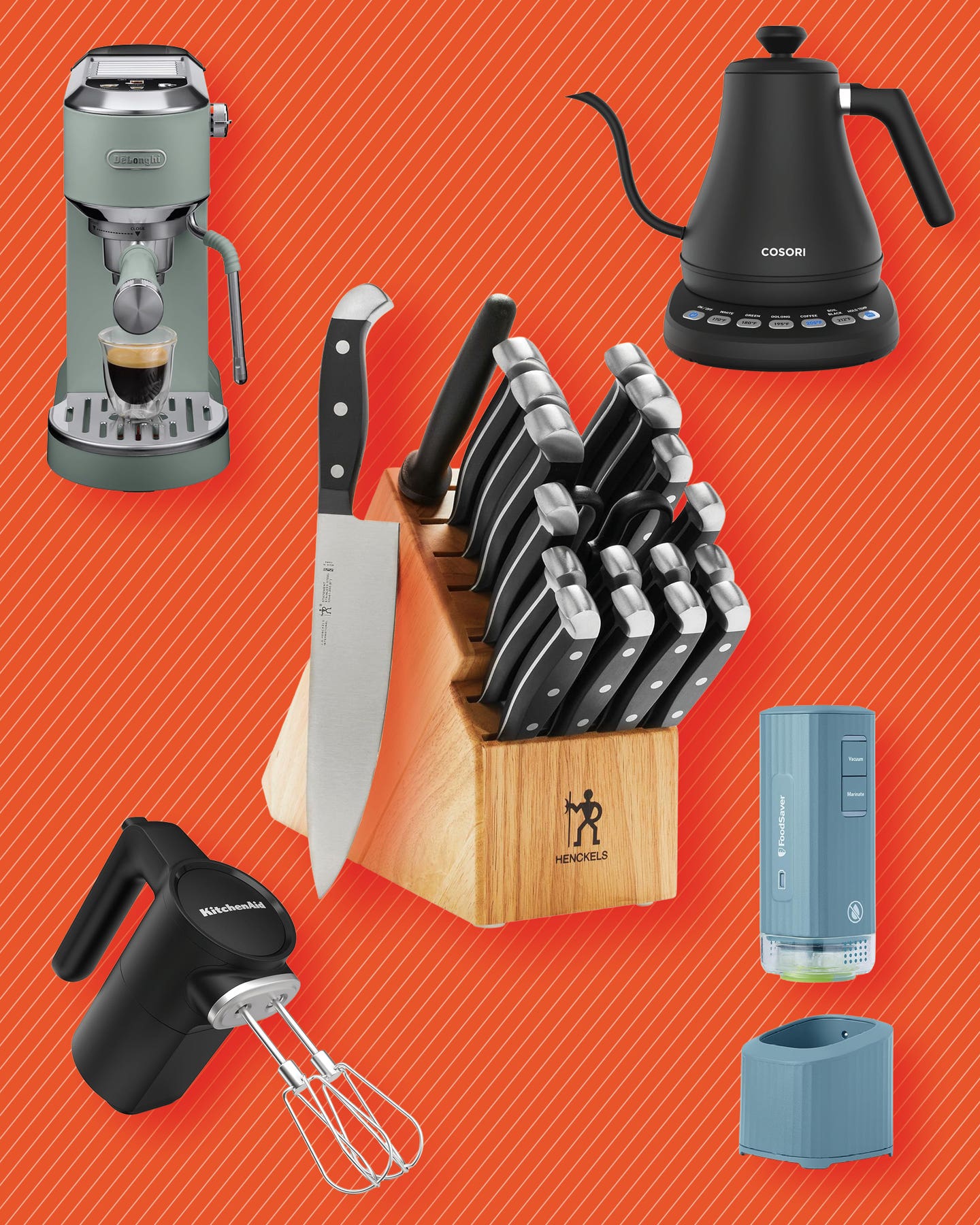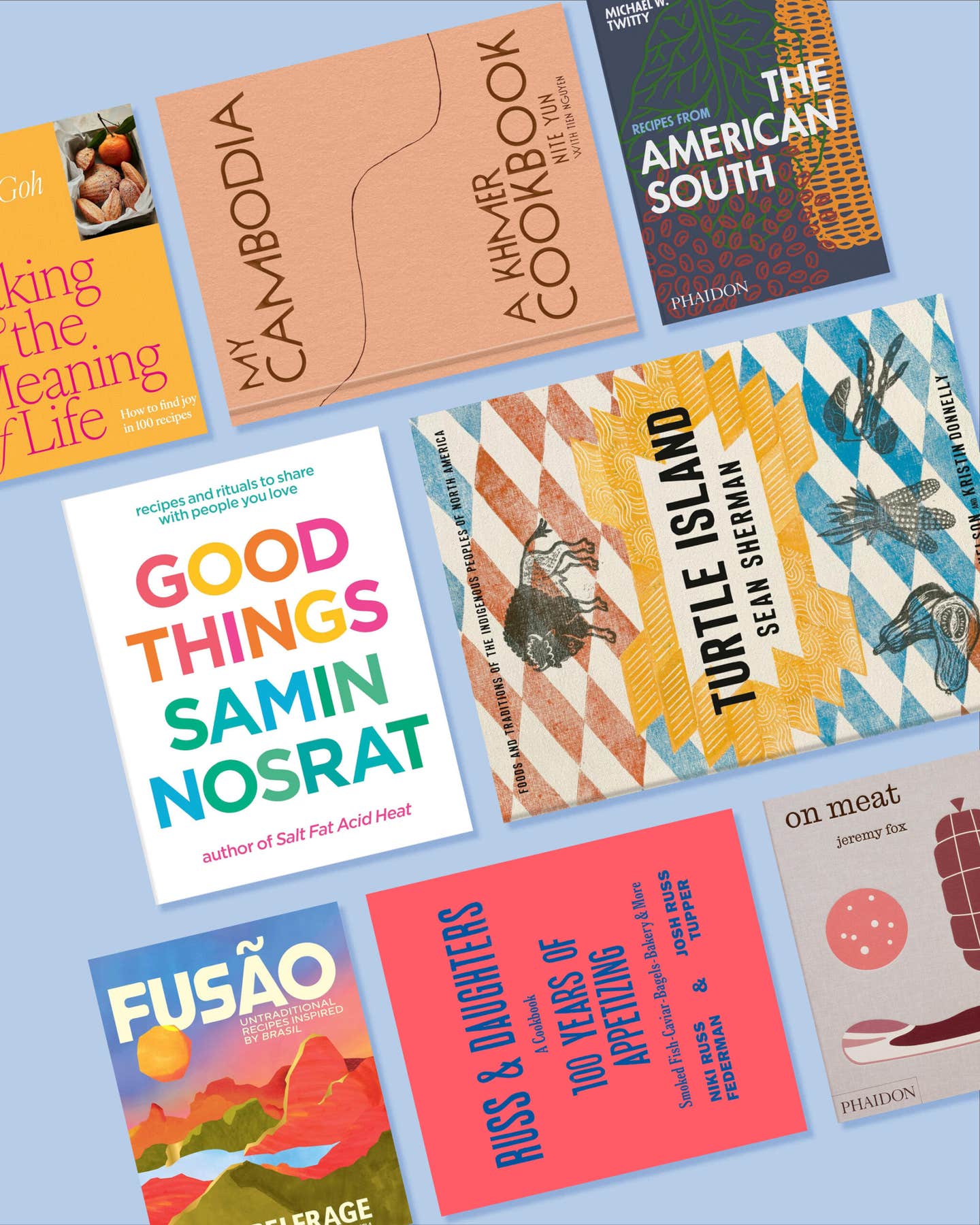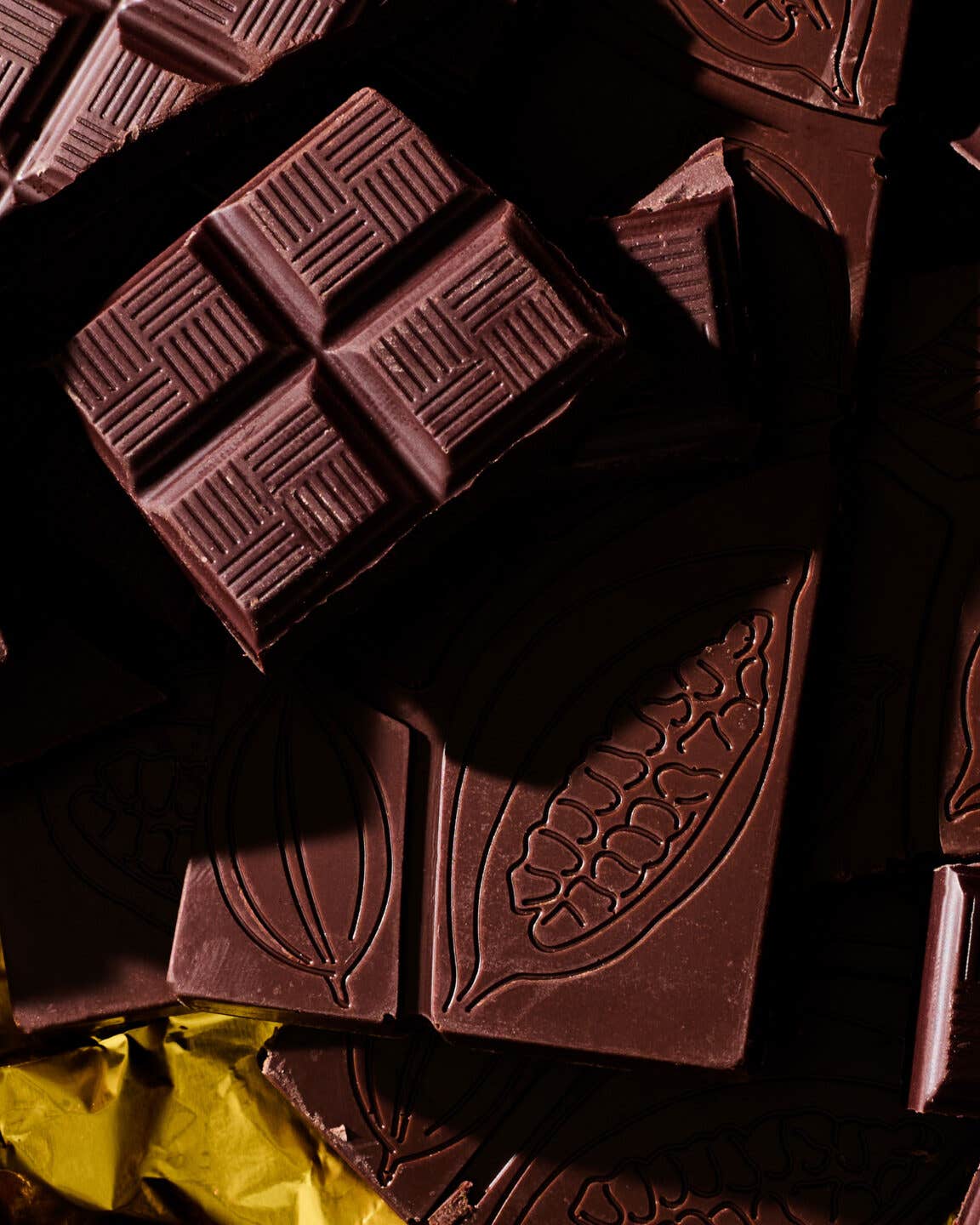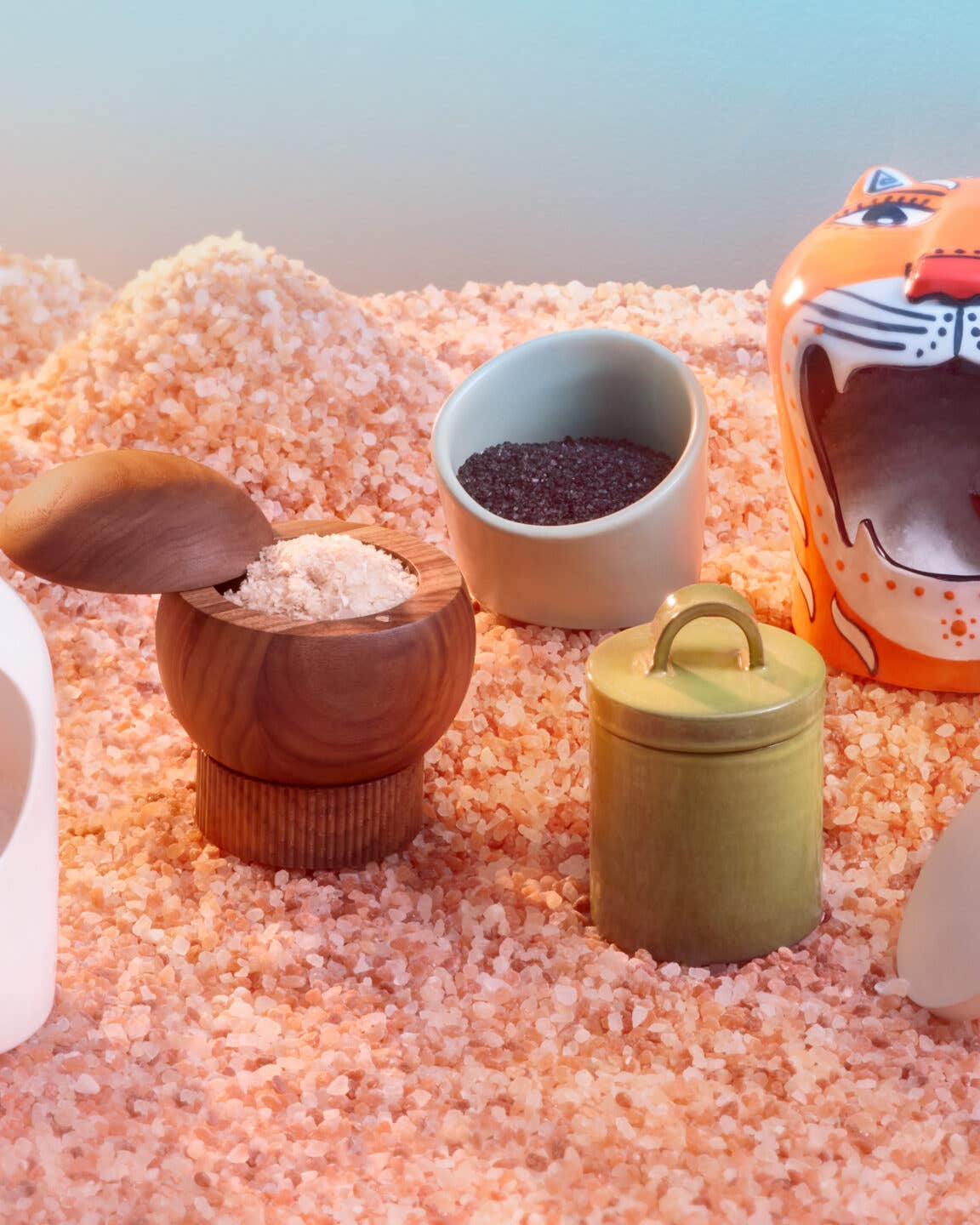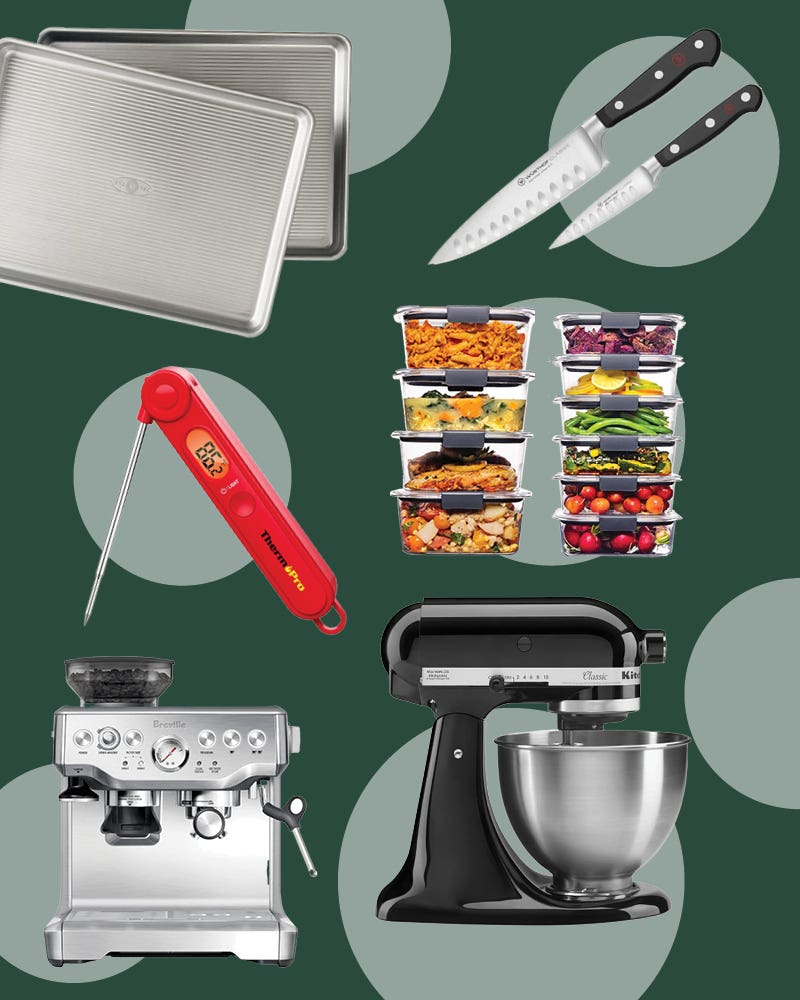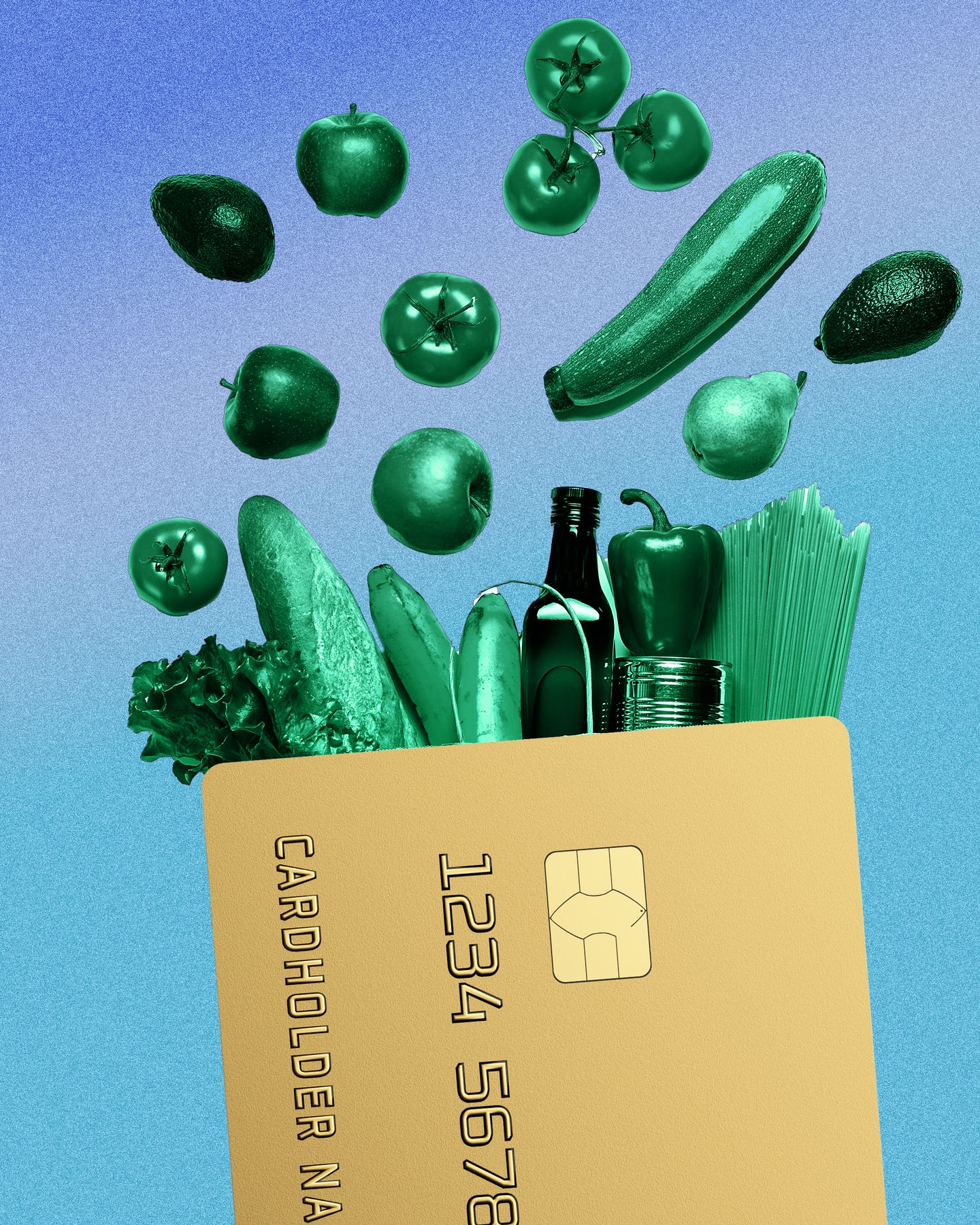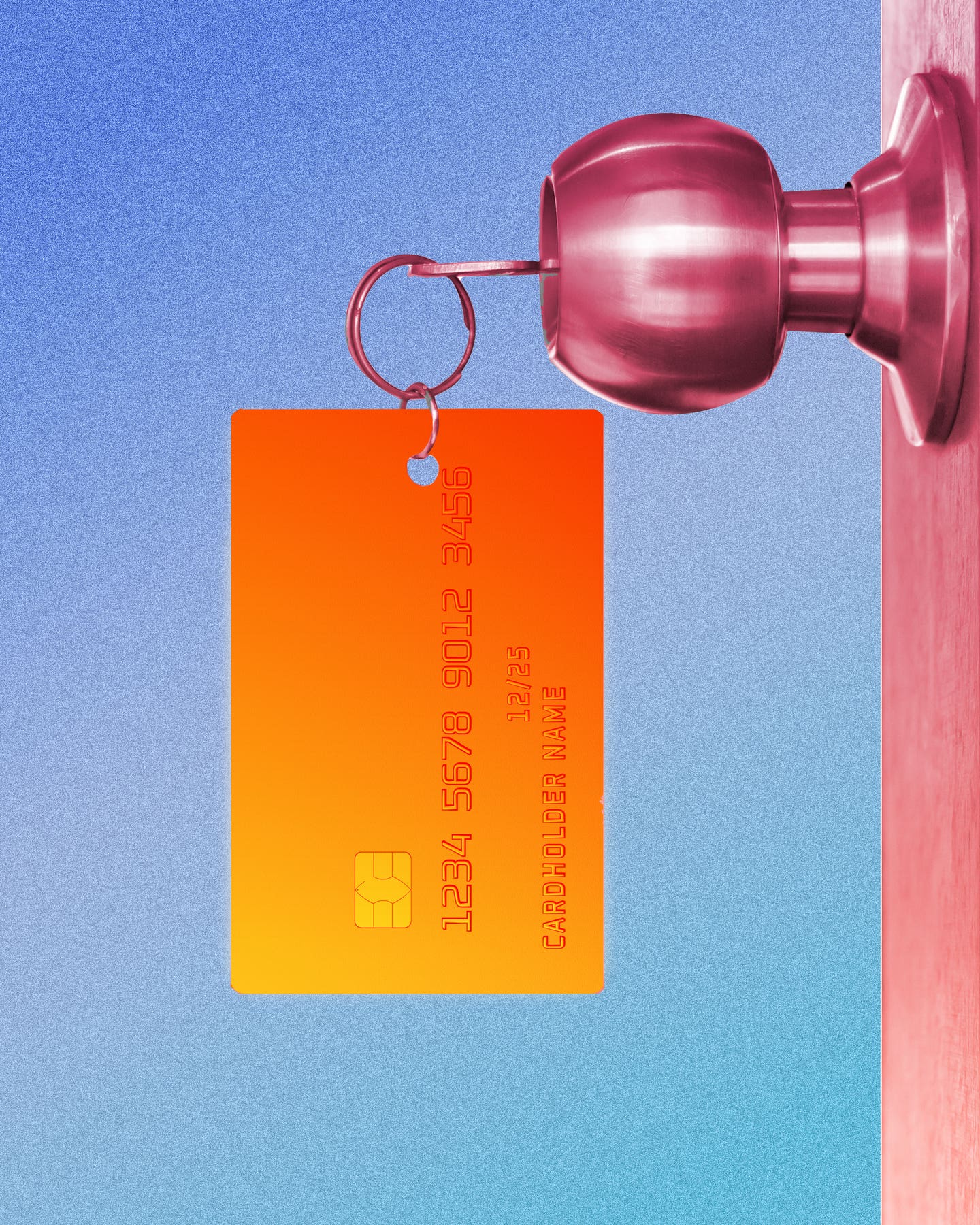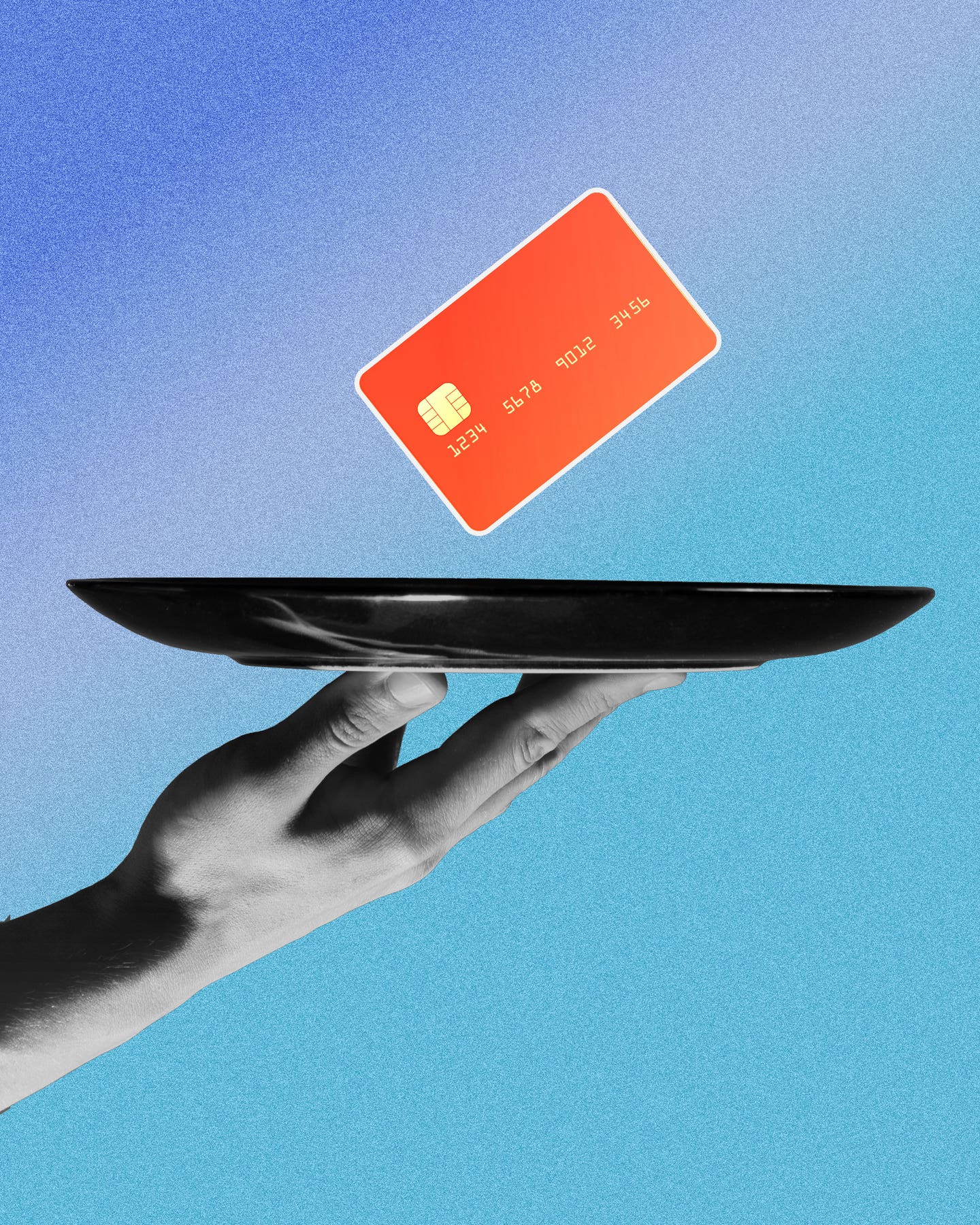Flat Tops and Sturdy Handles Are Key to Finding the Best Measuring Cups
Pros know that precision counts.
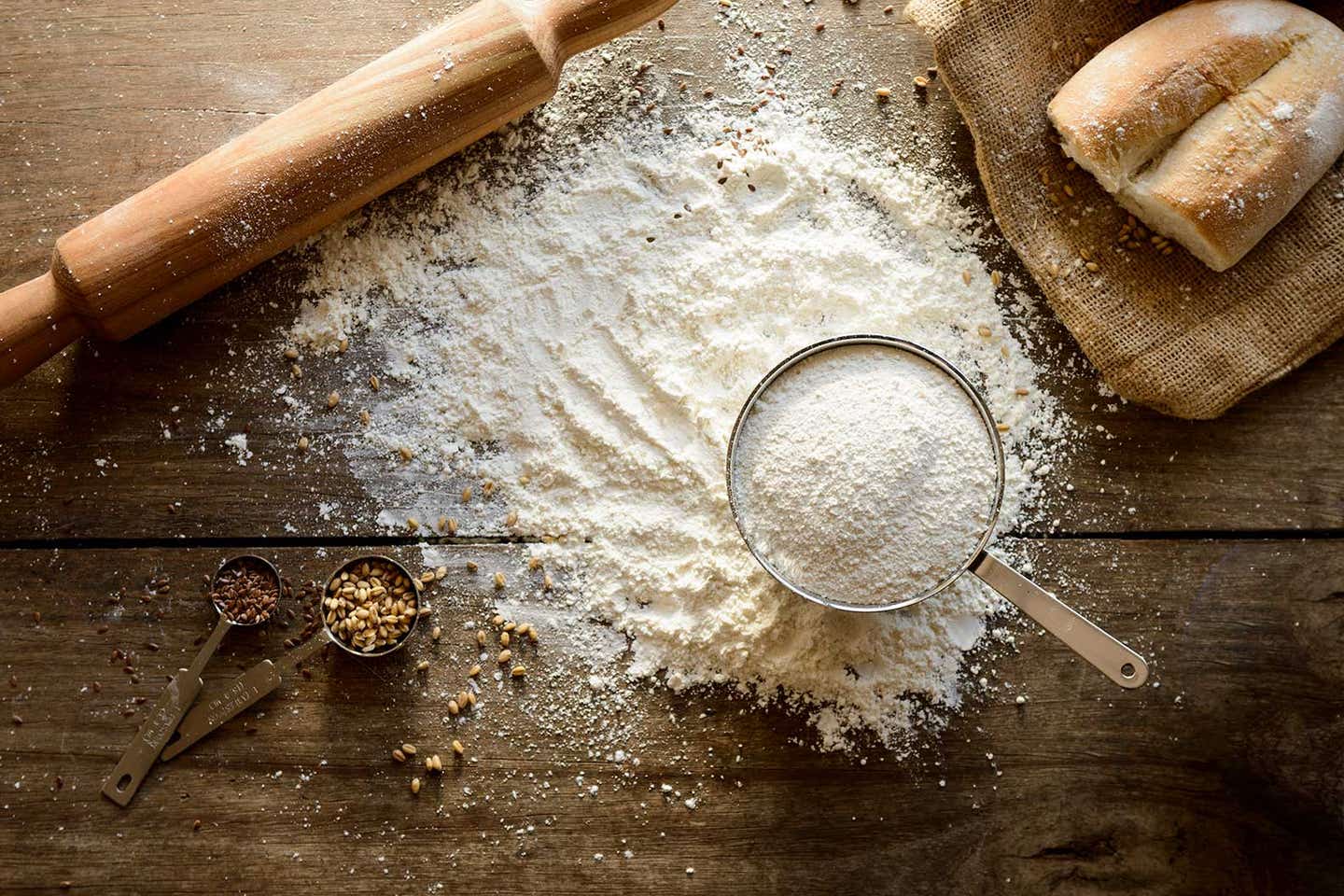
It looked so easy, the way Julia Child would just toss things with absolute abandon into the pan or mixing bowl as she went blissfully about making magic in her TV kitchen. And using your instincts in the kitchen is a wonderful thing; it’s the natural companion to enthusiasm for food and cooking. But even the best cooks and bakers will tell you that precision is important.
And Julia knew that, too. Remember all the ready-to-go ingredients in the little glass bowls in her prep area? They were all premeasured. Other culinary icons of every generation, whether formally schooled or self-taught, would surely agree that consistency matters, especially—especially—with baking.
Valery Lomas, lawyer-turned-baker and author of “Life is What You Bake It” agrees wholeheartedly, “I am a strong believer in making things as consistent as possible.” Precision and consistency lead us to the fact that different types of ingredients are best measured in different ways. Like many baking experts, Lomas is a fan of using a kitchen scale, especially for loose or dry ingredients.
You won’t find much argument from anyone against using a scale in baking, which relies more heavily on precision than savory cooking. Caroline Schiff, the firebrand of the New York food scene and Executive Pastry Chef at Gage & Tollner in Brooklyn shared some of her thoughts on measuring in the kitchen. “I always think the scale is the best choice,” she says. On those rare occasions when Schiff’s adding something like a tablespoon or less, she might skip weighing. But even with something as simple as a cup of water: “I'll scale it out,” Schiff says.
Lomas and Schiff keep and routinely use measuring cups as well, and both have their favorites. Your kitchen essentials should include measuring cups and spoons, too, and while you can survive with one style, it’s worth investing in the best measuring cups for liquid and, separately, for dry ingredients. Here are our expert picks.
- Best Overall: KitchenMade Measuring Cups
- Best Value: Winco Measuring Cups
- Best Glass (for liquid measure): Pyrex Glass Measuring Cup Set
- Best Unbreakable (for liquid measure): Winco 5-Piece Measuring Cup Set
- Best With Grip: Norco Grip-Ez Measuring Cup Set
- Best Multitasking Space Saver: KitchenArt Pro 2 Cup Adjust-A-Cup
Features to Keep in Mind
Types of Measuring Cups
Measuring cups come in all manner of designs and shapes, from utilitarian to fancy. Which type will work best for you depends on what you’ll be measuring.
- Dry: Lomas prefers stainless steel for dry ingredients because, she says, “I want to go all the way to the top and do the scoop-and-level method, get a really clean line at the top.” Making sure ingredients are absolutely level to the top of the cup is paramount to precision; upright sides and clean rims make that possible in ways that a softer, rounded edge can’t.
- Liquid: When it’s time to measure liquid, Schiff reaches for glass. “I want a measuring cup that I can see through.” Thinking of eighth-grade science class, she says that with a see-through cup, you see exactly where the liquid is settled, reading the bottom of the suspension, or the meniscus line, and not the top. The difference between the top of that line and the bottom may seem small, but it can be incredibly important, and it’s the kind of measuring detail that, Schiff says, can make a huge impact in a recipe.
- Scoops: Schiff likes flat tops and sturdy handles on her measuring cups for dry ingredients. “I want something that I can scoop and then gently shimmy and level off the top,” and she does that even if it’s being scooped onto a scale to be weighed.
Design and Measurement Marks
Measurement marks on cups will either be inscribed on the surface or marked in permanent paint, sometimes a combination. For the cook, it’s all about which is the easiest to read relative to what’s being measured.
Sizes
In the U.S., dry measuring cups range in size from as small as ¼ cup to 3 cups, while liquid measuring cups offer cups, ounces, and milliliters. Larger than that, and it’s really more of a mixing bowl than a cup, though many bowls do have measurement marks for rough estimates.
Material
Measuring cups are generally made of glass, stainless steel, plastic, and recently, bamboo. You’ll also find versions in copper, aluminum, ceramic, and other materials, but most of these are less practical. “The little things that make them charming don't necessarily make them the easiest to use in the kitchen, right?” Lomas says, “I actually have a gorgeous copper set, but you can't put them in the dishwasher. Sometimes, as with other crimes [of convenience], we must make use of the dishwasher.” Materials like stainless steel, glass, and heat-safe plastics make it easy to throw them in the dishwasher for a thorough cleaning.
Our Top Picks
Best Overall: KitchenMade Measuring Cups
Best Overall
The best measuring cups need to do one thing well: measure. But they have to do it precisely, and a lot of that depends on the cook. Schiff remembers having to interpret old family recipes and wishes they had better measurement instructions. “They’ll say, ‘add enough oil,’” she laughs, “What is ‘enough’ oil? Like, what did grandma mean by that?” These KitchenMade cups cover all the bases for dry measurement because they can scoop, be tapped without breaking, and can be easily leveled flat. In a pinch, they can also measure wet ingredients with relative confidence.
Best Glass (for liquid measure): Pyrex Glass Measuring Cup Set
Best Glass
Lomas votes for this style for liquids, and we agree. “I just think back to the kitchen I grew up in, and my mother had the glass Pyrex measuring cups.” Period. These classics have been around forever, and for good reason: they work, handle well, and can be heated in the microwave. Despite being glass, they’re remarkably sturdy and perfect for liquid measure. “That Pyrex measuring cup with the red lines that everybody has?” says Schiff, “That's great for oil and water and vinegar, and all of those things.”
Best Unbreakable (for liquid measure): Winco 5-Piece Measuring Cup Set
Best Unbreakable
A favorite in professional kitchens, this set of measuring cups is perfect for liquid measure, especially if you’d rather not have glass knocking around. They’re transparent, practically indestructible, and are made of totally food-safe polycarbonate.
Best Value: Winco Measuring Cups
Best Value
Another winner from Winco, these measuring cups are stainless steel, with flat bottoms and upright sides for precision measuring, and a long, stable handle that allows you to confidently use the cup as a scoop. They’re best for dry, but can be used for wet ingredients when precision weighing is less of an issue.
Best With Grip: Norco Grip-Ez Measuring Cup Set
Best With Grip
For those who find it easier to use kitchen gear with grippy handles, this is the best set of measuring cups out there. They’re made of food-safe harder plastic with just enough softer plastic on the handle to make them less slippery in hand. The bowls are rounded a bit, but the tops are flat enough to manage the nearly precise scooping and leveling off dry ingredients.
Best Multitasking Space Saver: KitchenArt Pro 2 Cup Adjust-A-Cup
Best Multitasking Spacesaver
If your space is very limited, or if the idea of a real multi-tasker appeals to you, this is a handy all-in-one measuring cup to have around. It’s food-safe plastic with markings for multiple standard measurements; simply adjust to the correct marking for your desired measurement. Use it for dry or wet ingredients, tapping it clean when switching ingredients. Pro tip: Measure out all your dry ingredients first, as switching back to dry ingredients can be messy.
Ask the Experts
Q: Is 1 cup of flour the same as 1 cup of water?
No. A cup measures volume, and as with all measurements in cooking, volume and weight are not the same. An ingredient like water is not variable in its weight, so one cup of water will reliably weigh 8 ounces or 227 grams. However, the density and weight of other ingredients can vary greatly by volume.
Q: How much should 1 cup of flour weigh?
That depends on the flour, because flours and other dry ingredients will each have different densities, and thus different weights. For instance, 1 cup of all-purpose flour usually weighs 4 ¼ ounces or 120 grams. But a cup of lighter, fluffier pastry flour will weigh just 3 ¾ ounces, or 106 grams. The scoop-and-level method will get you close, but if you need precision, use a scale.
Q: How many cups are 8 ounces of flour?
See above. Once again, we’re talking weight versus volume. Eight ounces of flour will have the volume of about 1 cup, but different flours and other ingredients vary in density, so 8 ounces of a light ingredient might overflow the cup, and 8 ounces of a denser one might seem short. When in doubt or when precision counts, use a scale.
Q: How do I clean my measuring cups?
First, Lomas sensibly cleans as she goes. “I definitely like to rinse stuff out as I go along,” she says. Go with dishwasher-safe measuring cups whenever possible; an occasional run through the dishwasher will make sure to clean out any bits of flour or other ingredients hiding in the crevices.
Our Take
Accurate measuring is crucial because it allows cooks to keep track, cook, and bake with reliable results, and make adjustments as necessary. Lomas is puzzled by those who don’t seem to see the value. “Some people don't have any measuring things in their kitchens, which confuses me,” she laughs. “What? Maybe they just moved? I don't know…”
Yes, measuring can seem like extra steps, but Schiff offers a tried-and-true kitchen suggestion to ease that pain: “Measure all of your dry stuff first,” and dedicate measuring cups to dry ingredients. Then use a different measuring set for wet, or do wet last. Otherwise, the measuring cups will need to be washed and dried in between, Schiff says, “or you're going to have dry ingredients sticking to the wet surface.”
Measuring cups are still only as good as the recipe’s reliability and instructions: We asked Schiff about that note you see so frequently in recipes, instructing the baker to add “brown sugar, packed.” “Oh, don't even get me started on that,” Schiff laughs. “What is packed, or lightly packed? What is this? This is this lawless insanity.” To mitigate the ambiguity of packed brown sugar, Schiff prefers a scale to weigh it out.
Keep Reading
Continue to Next Story
